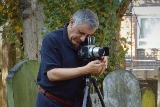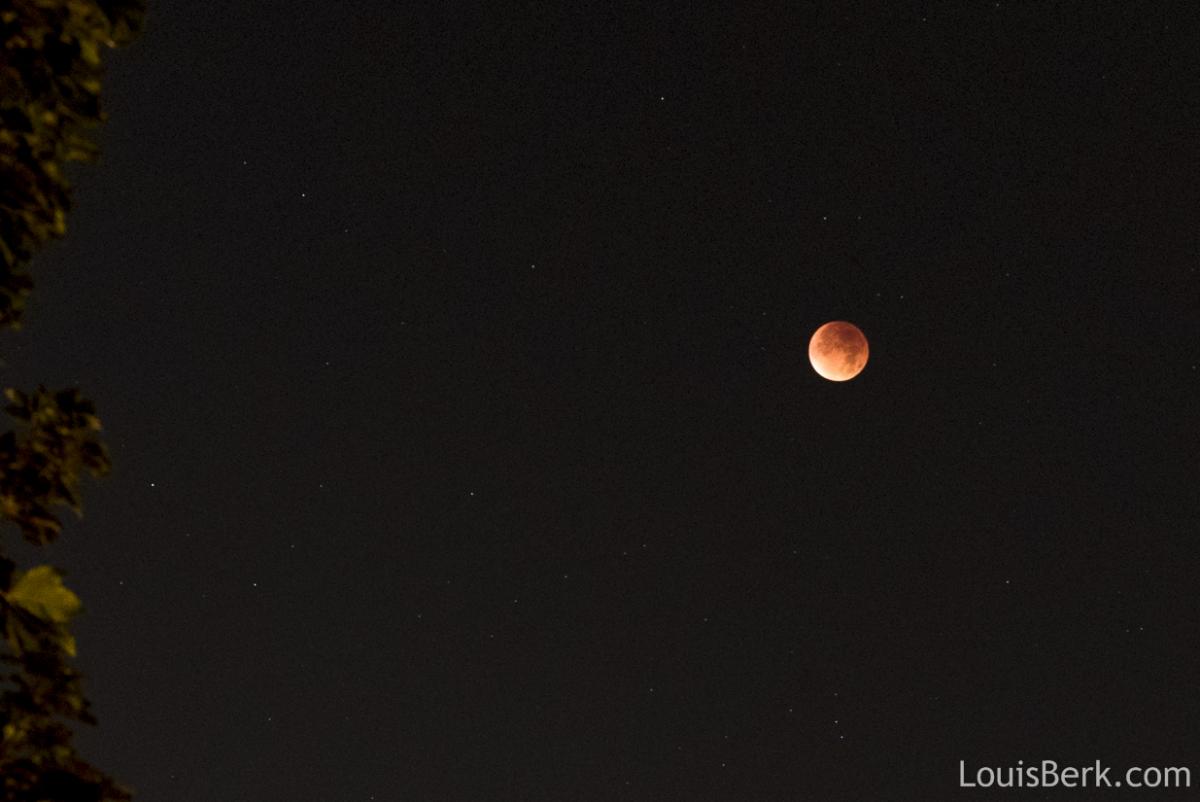Supermoon and Cranes, Camden Town
You can click through to a larger image on Flickr
I remember in my early days as a photographer a much more knowledgeable friend cautioning me about trying to photograph the moon. This was, of course back in the days before digital photography. The reason is that our eyes are fantastic optical tools and we selectively zoom into objects subsconsciously. So, when we see a large moon it is part physics (the moon is actually larger in the sky at certain times) but also biology. If you try to photograph the moon it is likely to be only a pinpoint of light unless you use a reasonably large telephoto lens.
Early this morning (about 4:30AM in the UK) it was a 'Supermoon'. Sometimes also called a 'Hunter's' moon.
How then to photograph it and make it worthwhile rather than a fool's errand?
A supermoon is when the eccentric orbit of the moon around the earth brings it closer than normal. (If you really want to know more, Wikipedia is your friend!). Suffice it to say that a supermoon can appear up to 30% larger and 30% brighter than a normal full moon. Of course, the moon must be at its full phase for the full beauty to be appreciated and this coincidence of phase and distance only occurs rarely. The next instance will not be until 2034!
Getting up at 4:00AM on the chance that the sky is clear is always a risk and indeed I was very pleased when I looked out and saw the sky was crystal clear. What I also saw intrigued me. At present there is a massive amount of development taking place in the old Hawley Wharf area of the famous Camden Market. There are 4 large cranes installed and at night they are lit up (I assume to warn low flying craft but possibly also for aesthetic reasons?). When I looked out the moon was actually between the cranes but I could not get a good enough viewpoint to photograph it. By 4:30 the moon had moved to the side and indeed would shortly be swallowed up by a large, bright streetlamp which would make it impossible to photograph.
I decided that per my introduction I did not want to use my largest zoom and just have a detailed image of the moon. There are lots of those. What I wanted was enough character in the shot to show the cranes pointing at a disc on which you could make out the distinctive lighter and darker areas which in older times was thought of as a face.
To take my shot I selected the Panasonic GX8 micro43rds camera and excellent Lumix Vario G 35-100mm zoom. I've found the optical quality of this lens to far outway its modest size (and cost). I was also going to have to shoot handheld as I could not put a tripod where I was shooting from. Fortunately the GX8 and Lumix 35-100 combine together to create an incredible level of optical stabilisation - so you can shoot at very low speeds. The shot you see here is actually taken handheld at 35mm (equivalent to 70mm on a full frame camera) at iso400, aperture of f2.8 and a shutter speed of 1/8th of a second.
The biggest problem with photographing the moon at night is that it is a very bright object - on this occasion even brighter than normal. It is near impossible to balance the dimmer objects with the moon and get a good exposure. With enough flash power you can illuminate dim objects and balance them against the moon but that requires truck loads of power for the strobe - well, perhaps I exaggerate but it is not simple.
While I was scratching my head and even thinking about getting my graduated filters so I could balance the brightness of the subjects something fortuitous happened. A misty cloud cover started to move in - natures own graduated filter - and (of course) it was behind the cranes and in front of the moon. It diminshed the brightness of the moon sufficiently to allow me to achieve some balance between the low light of the foreground and the brighter moon. A piece of very good luck.
I always shoot in RAW, which is the pixel level output of the chip and then process in Lightroom. I did very little to the image in Lightroom itself but I did use a recipe I have created in Google NIK Colour Effex Pro 4. The NIK tools are completely free and if you are not using them then you are missing a trick.
Blearly eyed I did process one good capture immediately - and this is another lesson about photography. As long as you have one good frame you've achieved your goal - how many different frames of a subject do you actually need?
Below is another photograph of the moon that was taken almost a year earlier in 2015 and at approximately the same time. It is of the 'blood moon' when a full moon is eclipsed by the earth's shadow. Again, a rare event because of the coincidence of a full moon and the eclips. Another early start but one which also yielded a good result (click on the photograph to see a larger version).
- Louis Berk's blog
- Log in to post comments


